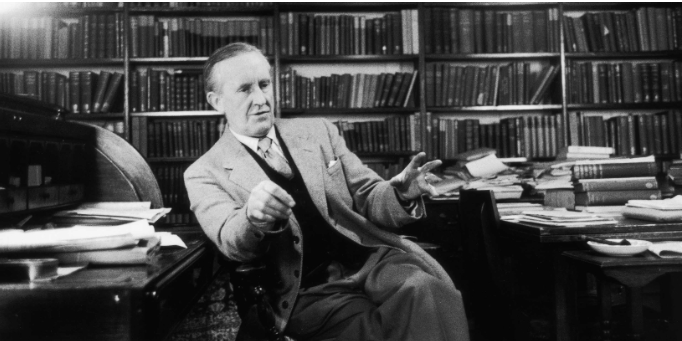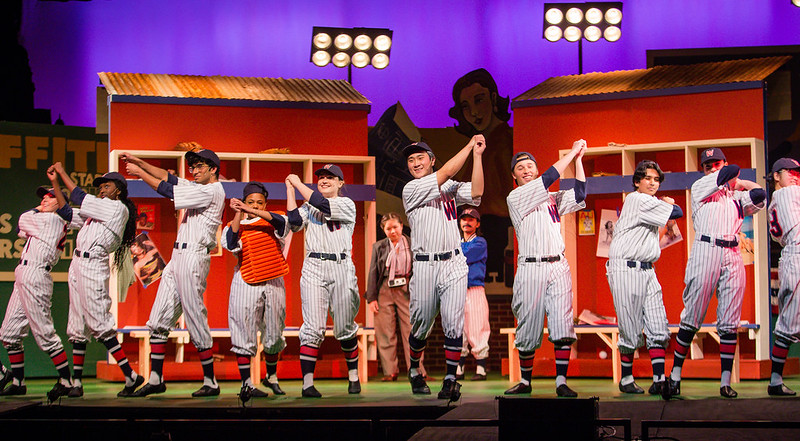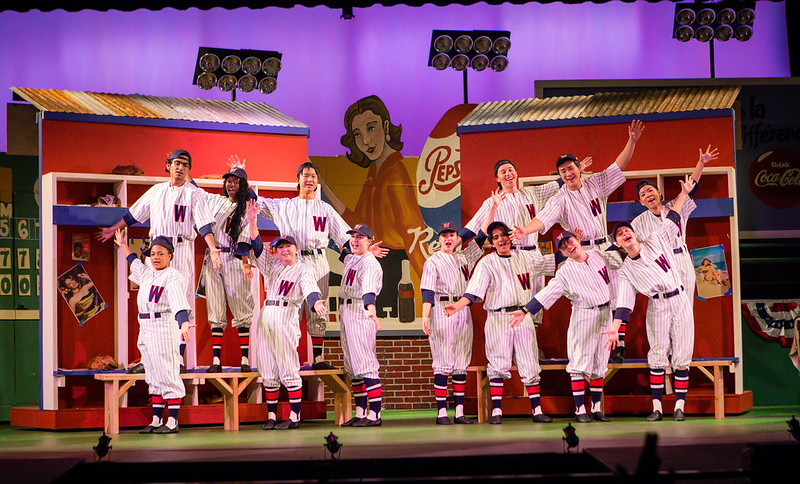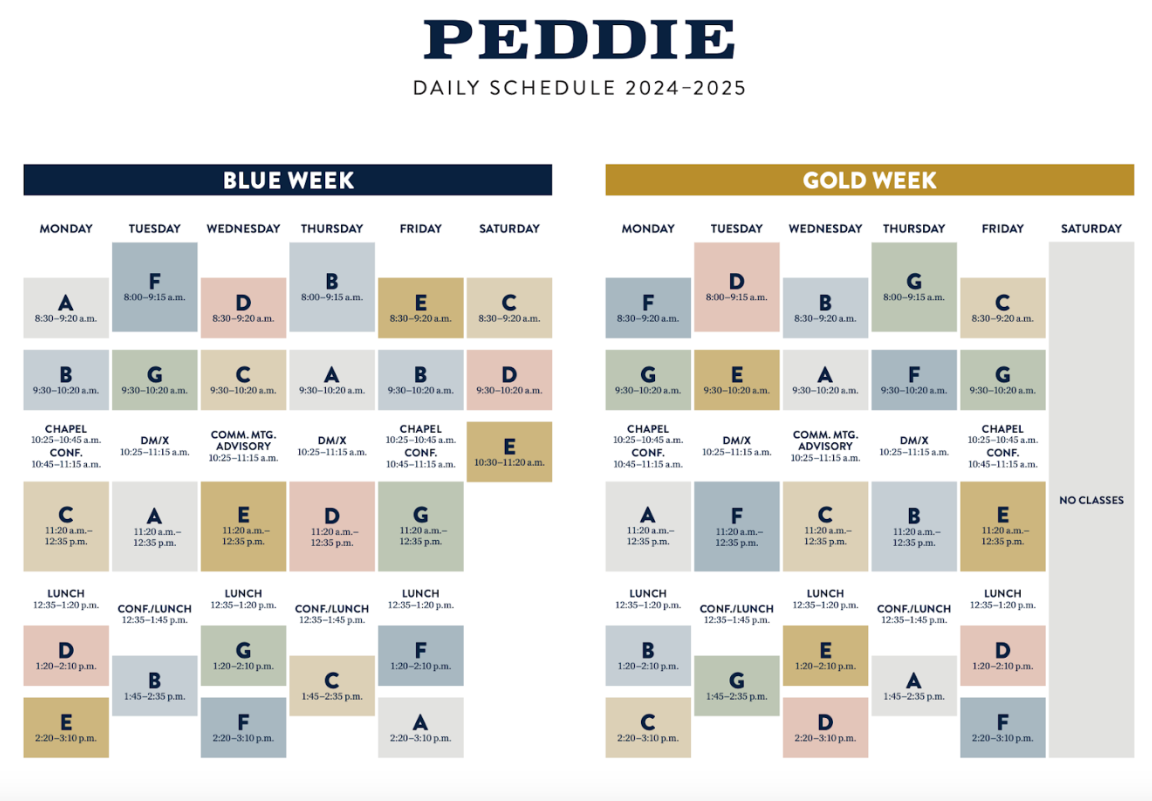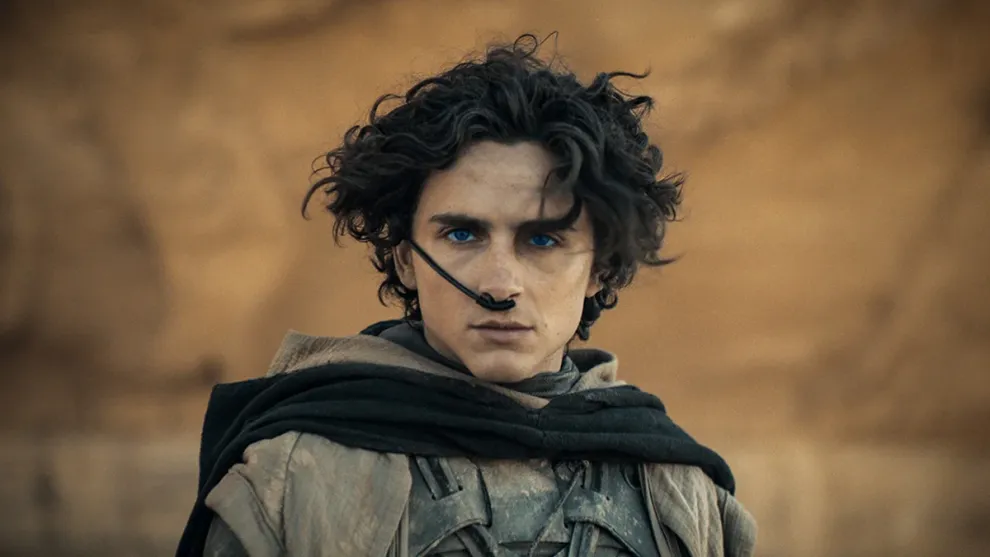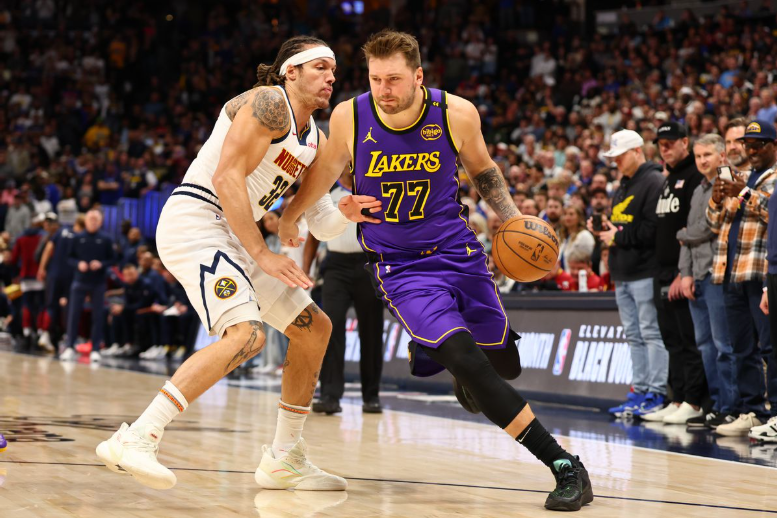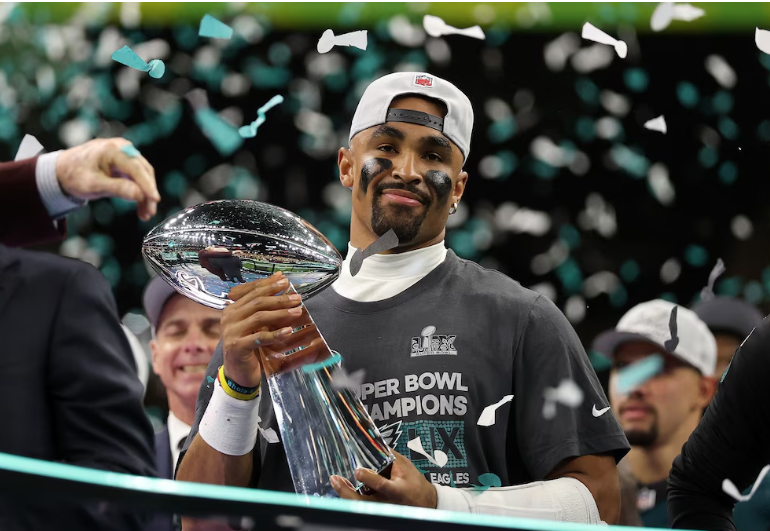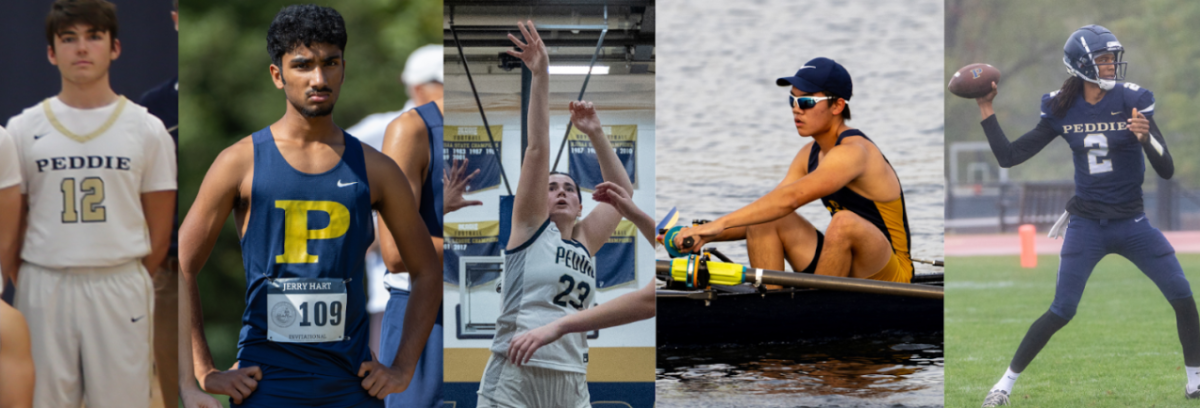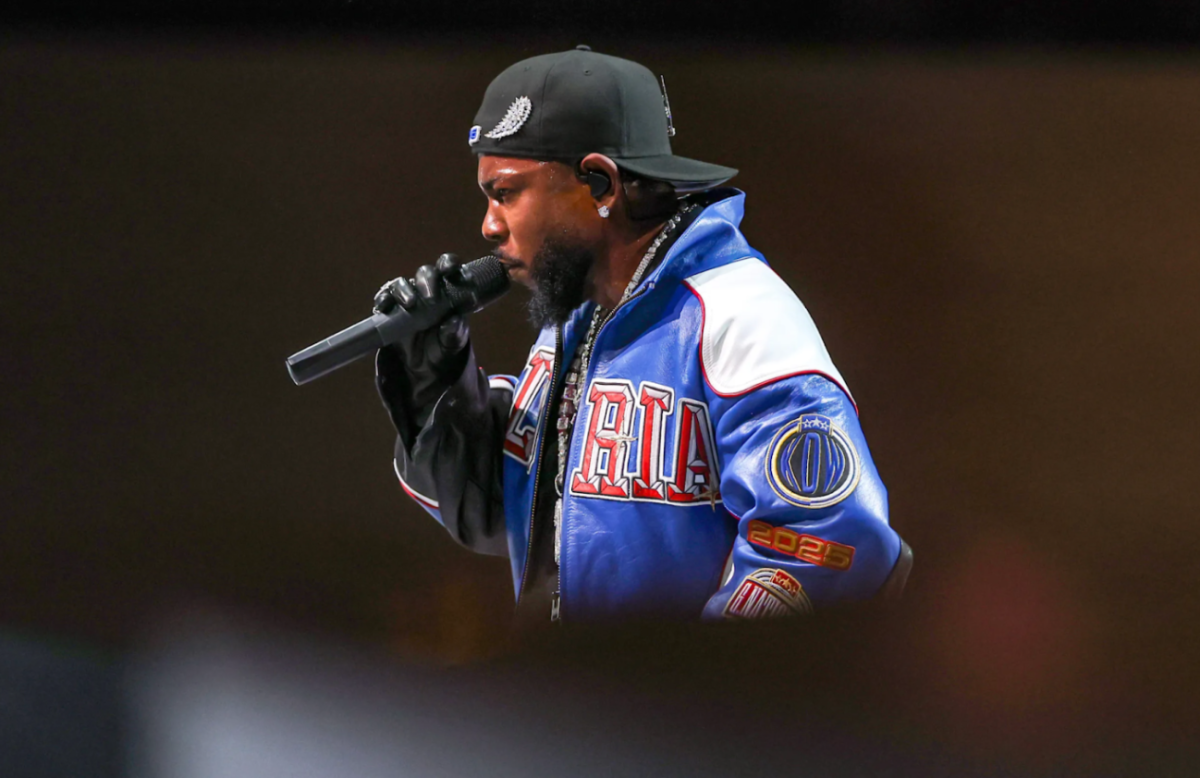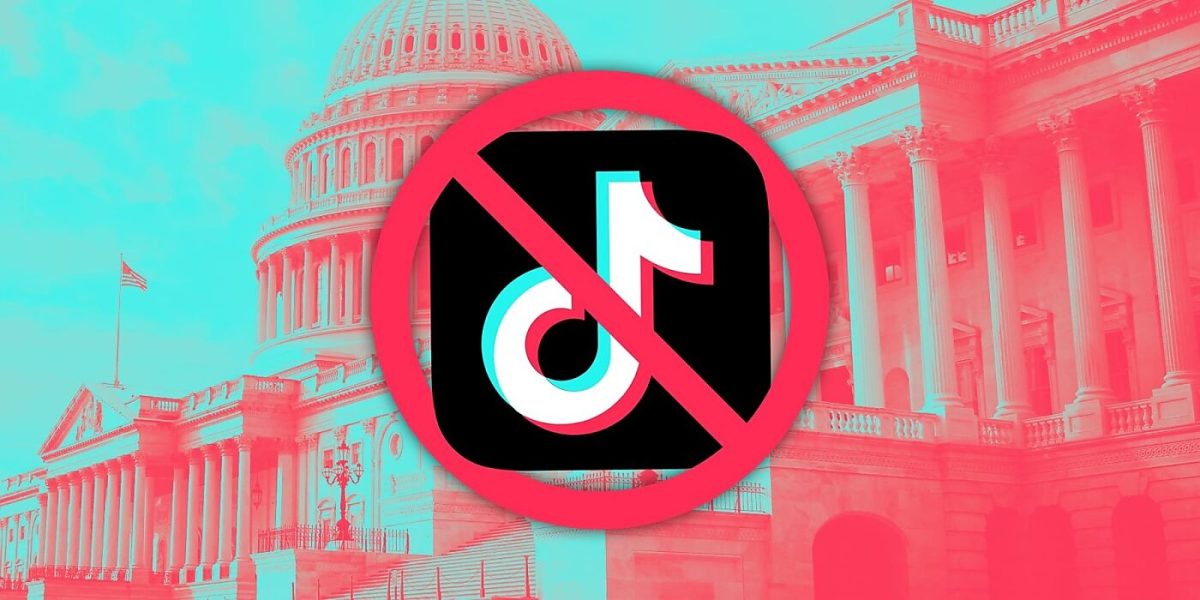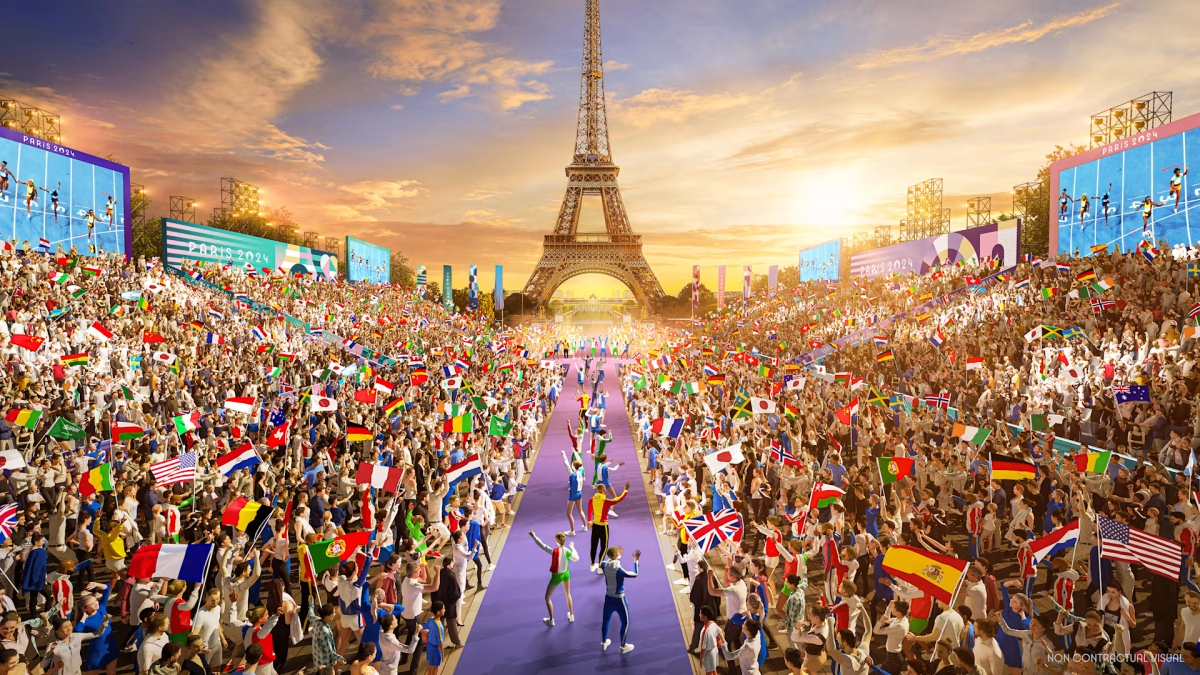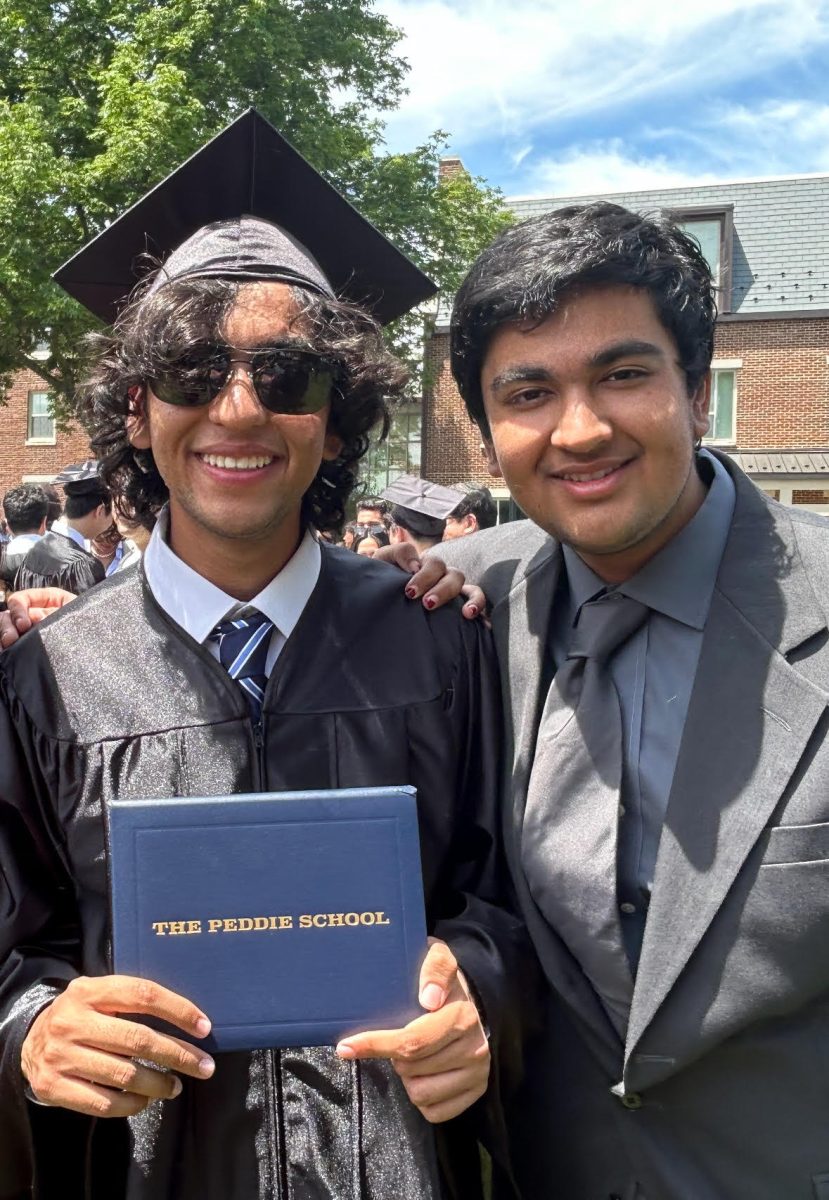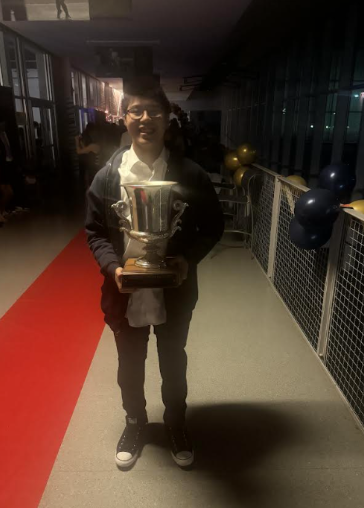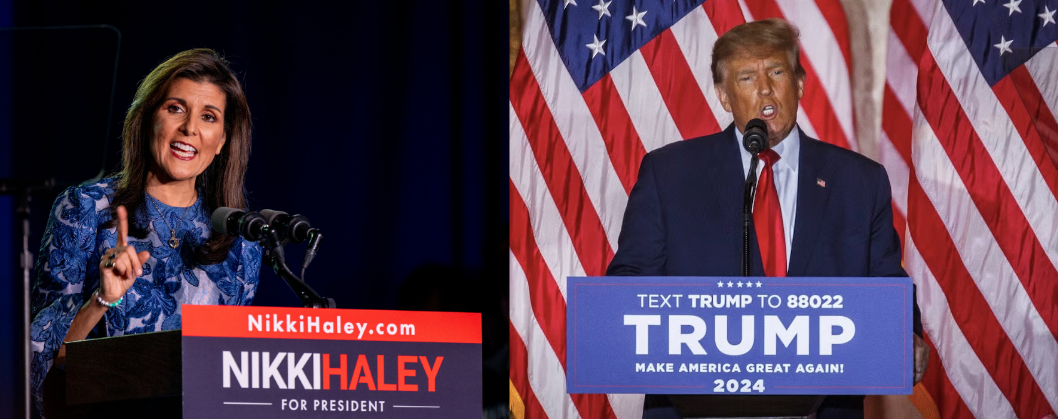On Sunday, February 9, millions of Americans turned on their television sets and tens of thousands of individuals gathered in New Orleans’ Caesar Superdome to watch the Philadelphia Eagles and the Kansas City Chiefs battle it out at Super Bowl LIX. In addition to the highly anticipated game itself, which was a rematch of Super Bowl LVII with a potential Chiefs’ three-peat hanging in the balance, another part of the event that captured America’s attention that night was rapper Kendrick Lamar’s halftime show performance. Featuring a tracklist of hit songs such as “HUMBLE” and “Not Like Us,” the artist used his 13 minutes of stage time to deliver a powerful and fluid performance, full of swag and deep messages. In this article, I give my personal review of Lamar’s performance and detail some of the overall highlights and themes.
I will preface my review by saying that I am neither a Kendrick Lamar listener nor a fan of the hip-hop/rap genre. I will be drawing upon my more than seven years of experience as a singer and performer to comment on the overall stage from a musical standpoint as well as to share the perspective of a first-time viewer. My opinions are entirely my own and reflect the fact that I am not fully informed on the context surrounding Kendrick Lamar’s discography and artistic choices.
Right off the bat, I found it intriguing that the rapper himself did not open the show. Instead, actor Samuel L. Jackson posed as America’s iconic character, Uncle Sam, introducing himself and announcing that “this is the American game!” Jackson stood in the middle of a grid of 9 squares, the corners of which held light-up set pieces resembling, from the top left going clockwise, a square, triangle, circle and cross. One article from the Hollywood Reporter detailed that these symbols are a reference to the buttons on a PlayStation controller, and quite literally sets the stage for a running theme throughout Lamar’s performance: the journey that is the American Dream, which in this case has been likened to a video game. The visuals initially reminded me of the game tic-tac-toe, which one could claim is also tied to the idea of ‘winning’ in life, and seems even more fitting given that Lamar won multiple Grammy awards for his song “Not Like Us” just one week prior.
The camera then zooms in on the top left corner, revealing Lamar crouching on the hood of a black car intently staring downwards as he begins to rap. Dozens of backup dancers begin to spill out of the trunk and side doors, filling the platform that the car rests on and moving onto attached steps.
This stunt was very cool and impressive because of how the camera’s angle makes it look as if the car has an endless amount of space. I really enjoyed watching the stage become completely enveloped in endless, fluid movement, aided by the steady flow and rhythm of the rap music itself.
Another thing that caught my eye was the color scheme of the outfits for the backup dancers. They all wore monochrome outfits of red, white or blue, and variation in things such as hair accessories or specific types of clothing made for a cohesive yet still texturally interesting visual. Later, the dancers organized themselves around the rapper in the shape and likeness of the American flag, driving home the connection between America’s most popular sport and the American Dream, both iconic games with extremely high stakes.
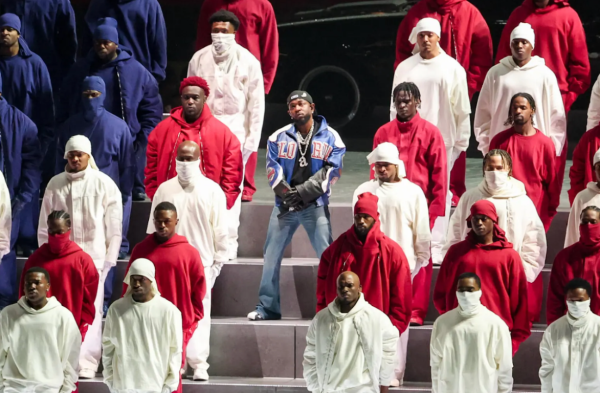
Photo Credit: Rolling Stone
My favorite dance moves, however, were actually all of the small movements Lamar did while performing to complement his backup dancers or groove to the beat. His body language and positioning were very relaxed and confident, both of which are essential to creating a polished performance. Awkwardness tends to read easily when performing, and I was very impressed by how comfortable Lamar evidently was on stage with the choreography. His stamina while dancing was also commendable. I especially liked the moments where the group of dancers, headed by Lamar, strode and marched across the stage, heavily hitting accented beats and visually representing movement through a journey — all in sync!
In the middle of the performance, Lamar teased his wildly popular 2024 song “Not like Us” before transitioning to the portion of his routine that involved the guest appearance of the artist SZA for their collaboration songs “Luther” and “All the Stars.” I thought the reference was clever and cheeky, and I enjoyed the transition because of how it moved the performance into more mellow and melodic territory, providing a nice contrast with some of the faster songs from the beginning of the show.
However, I don’t know if it’s due to post-production mixing or something, but SZA’s singing felt almost… out of reach. It felt manufactured and slightly hollow. I’m honestly not the best judge through a screen of when someone is lip-syncing, so to me at least the mouth shapes were plausible enough, but I enjoy a performance more when I can easily tell that the artist is actually singing live. I appreciate things like breathing sounds and a degree of pitch instability because they add depth to my viewing experience. (As long as they are not entirely off-key or horrible) I typically walk away with more respect for the artist because they were confident enough to showcase their raw talents and skills during the performance.
Many fans reportedly bashed SZA for blatantly lip syncing, and while I cannot comment on the validity of this accusation, I can and will give my opinion that the quality of SZA’s vocals and even certain parts of Kendrick Lamar’s performance sounded synthetic and were unsatisfying to listen to and watch. Additionally, SZA’s body movements were at times far too dramatic and quick for her to maintain the evenness of volume and accuracy of pitch that was recorded.
Another guest of Lamar’s during the halftime show was tennis star Serena Williams, who had a quick dance solo and is also tied to the ongoing feud between Lamar and Canadian artist Drake as Williams and Drake were rumored to be dating in 2011 (Drake also dated SZA in 2009!). Lamar’s hit “Not Like Us” is essentially a Drake diss track; the contents of the song, specifically the parts insinuating or explicitly claiming that Drake is a pedophile, caused Drake to file a lawsuit against his and Lamar’s music distributor, Universal Music, the same Hollywood Reporter article explained.
Personally, as someone not deeply invested in this celebrity beef, that segment of the performance was simply a bop and made me appreciate rap music instrumentals even more. They add a lot of character to rap compositions. The whole situation would be very interesting to analyze, as several newspaper outlets have certainly done already, but a more powerful, thought-provoking moment for me was one of the times that Samuel L. Jackson returned to the spotlight:
Towards the end of the performance, just after SZA has finished her portion, the camera switches to Jackson who says “That’s what America wants! Nice and calm! You’re almost there. Don’t mess this…” He is then interrupted by a new music beat that introduces Lamar, back again to proclaim that “it’s a cultural divide” and “this is bigger than the music,” before finally jumping into “Not Like Us.” This references both his feud with Drake as well as the overarching themes of the American Dream and political commentary.
Overall, I thought Kendrick Lamar’s halftime performance was very interesting, fresh and engaging. I must admit that I didn’t pay that much attention during the actual live streaming of the Super Bowl, because I am personally not a very big fan of his work. However, I got hooked on it at a later date, and I think his performance would have been appealing to both avid listeners and curious strangers (including me, had I watched it then!). It provides a good representation of his unique sound, shows off his performance skills well, and is visually and sonically flashy — perfect for the occasion. I thought his political statements were interesting and well-placed, and that the collabs were creative, all of which helped to enhance the overall performance.
Finally, to compensate for my lack of knowledge of Kendrick Lamar and rap music, I asked some Falcons who enjoy Lamar’s music to comment. When asked for her opinions on the halftime performance, Siana Muppidi ʼ27 explained that she liked the show because the transitions between his less well-known songs at the bookends and hit tracks in the middle of the performance were engaging, and thought that “all political messages were really good because they were kind of hidden but properly portrayed.” Similarly, Rohan Aggarwal ʼ27 praised the track choice as well as the choreography and staging. He wrote that “Kendrick’s performance delivered a powerful and fun experience,” adding that it is surely “a Super Bowl performance that will be talked about for a long time.”

